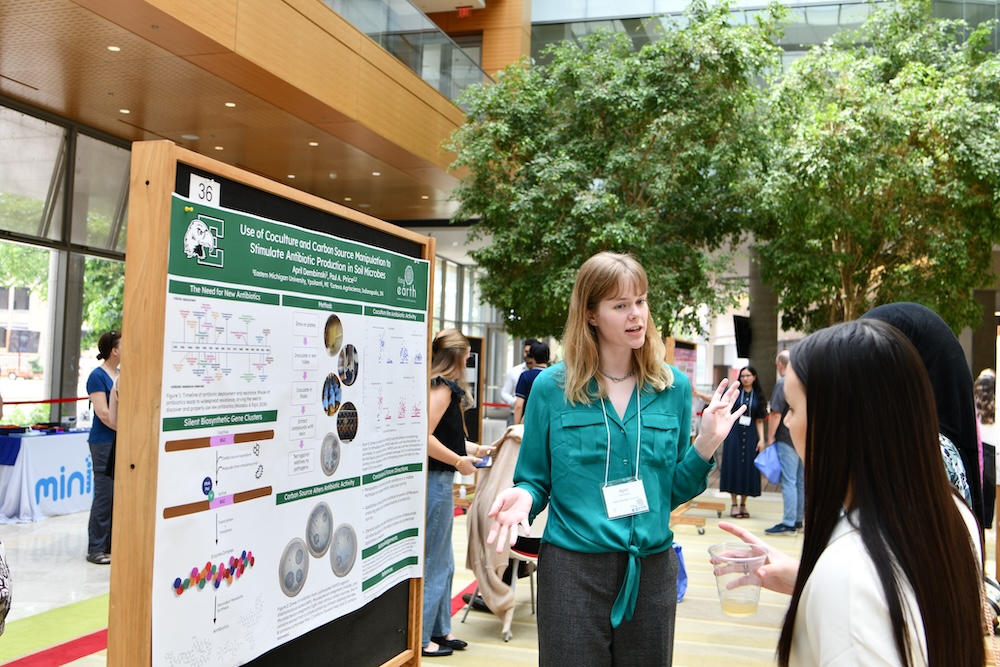Phenotypic variability and community interactions of germinating Streptomyces spores
Abstract A case can be made for stochastic germination and interactions among germinating spores as beneficial germination strategies in uncertain environments. However, there is little data on how widespread, species-specific or diverse such phenomena are. Focusing on Streptomycetes, a platform was developed for quantification of germination and early growth within communities of spores. We found that the germination process is stochastic at three levels: spores vary in their germination times, mycelium networks grow at different rates, and a fraction of germlings stall their growth shortly after germination.
Furthermore, by monitoring how these stochastic properties are affected by spore density and chemicals released from spores, germination interactions were quantified for four species. Stochastically germinating spores were frequently promoted or inhibited by compounds released by spores from the same or different species, and all species had distinct interaction profiles. The spatial distribution patterns were important with clusters of spores behaving differently than individual spores. Aged spores exhibited higher dormancy but could efficiently geminate in the presence of chemicals released during germination. All interactions were specific to germination and only weakly affected growth rates. This work suggests that stochastic germination is commonly affected by the community context and species have adapted diverse germination strategies.









